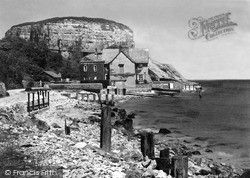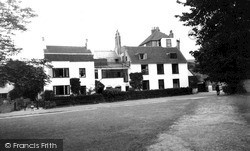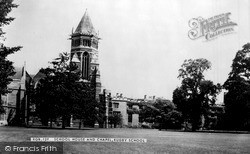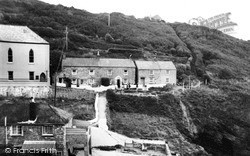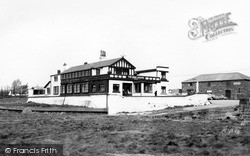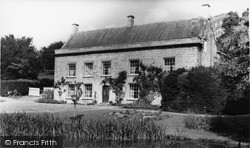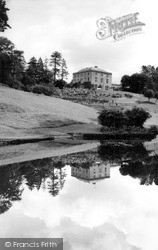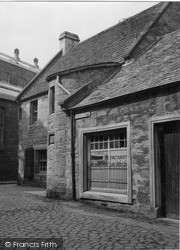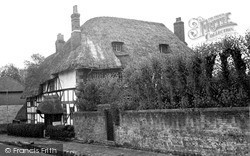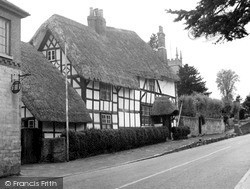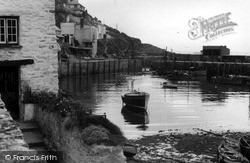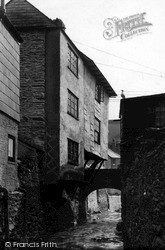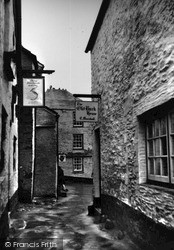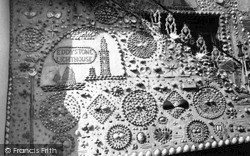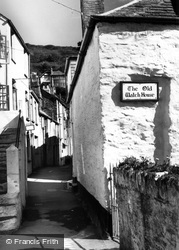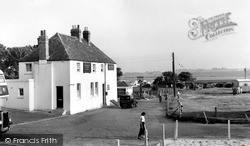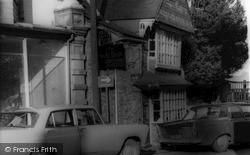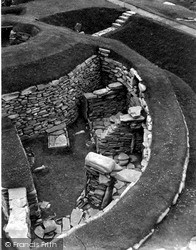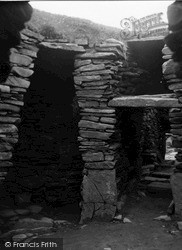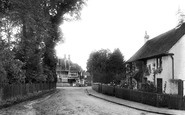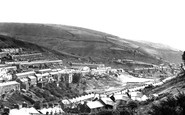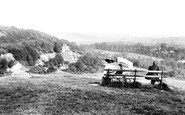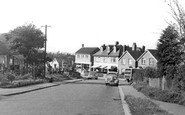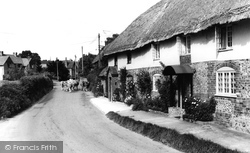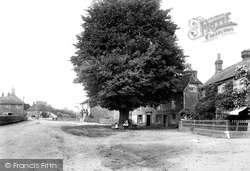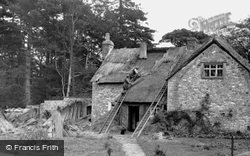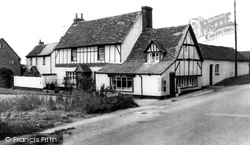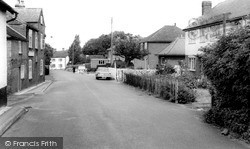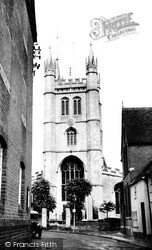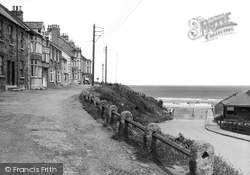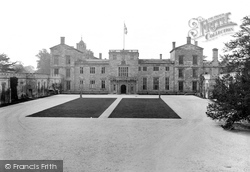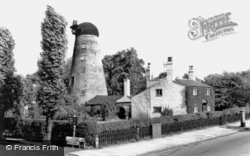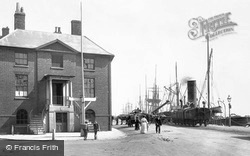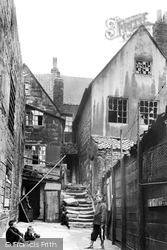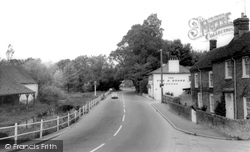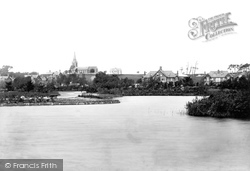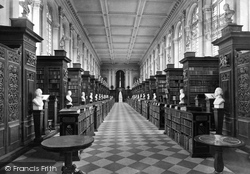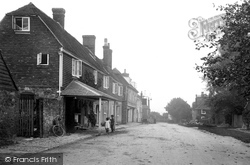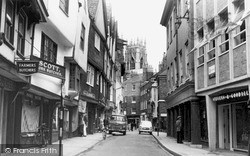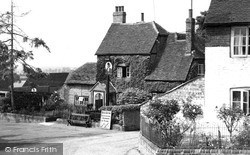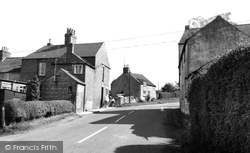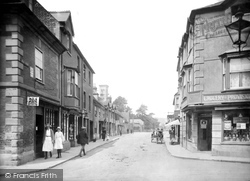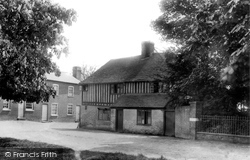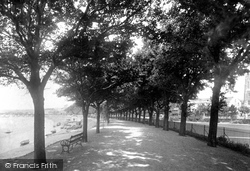Places
36 places found.
Those places high-lighted have photos. All locations may have maps, books and memories.
- Chatsworth House, Derbyshire
- Osborne House, Isle of Wight
- Brambletye House, Sussex
- Ickworth House, Suffolk
- Kingston Lacy House, Dorset
- Boscobel House, Shropshire
- Preshute House, Wiltshire
- Bolton Houses, Lancashire
- Brick Houses, Yorkshire
- Quaking Houses, Durham
- Water Houses, Yorkshire
- Bottom House, Staffordshire
- New House, Kent
- Mite Houses, Cumbria
- Lyneham House, Devon
- Church Houses, Yorkshire
- Dye House, Northumberland
- Spittal Houses, Yorkshire
- Street Houses, Yorkshire
- Tow House, Northumberland
- Halfway House, Shropshire
- Halfway Houses, Kent
- High Houses, Essex
- Flush House, Yorkshire
- White House, Suffolk
- Wood House, Lancashire
- Bank Houses, Lancashire
- Lower House, Cheshire
- Marsh Houses, Lancashire
- Chapel House, Lancashire
- Close House, Durham
- Guard House, Yorkshire
- Hundle Houses, Lincolnshire
- Hundred House, Powys
- Thorley Houses, Hertfordshire
- School House, Dorset
Photos
7,776 photos found. Showing results 1,941 to 1,960.
Maps
370 maps found.
Books
1 books found. Showing results 2,329 to 1.
Memories
10,360 memories found. Showing results 971 to 980.
Grove Cottage Now
My husband Gerald and I moved into 1 Grove Cottage 6 years ago. We love living in a house so full of history and often try to imagine what it would have been like during the hundreds of years people have lived here. It's ...Read more
A memory of Great Bookham in 2009 by
Ex Garw Man
I was born in 193 Oxford Street, Pontycymer in 1935. I left to go into the army for National Service at the age of 18 in 1954. I returned for just 1 year in 1956 when I returned to the Midlands, to Birmingham. The house I lived in was ...Read more
A memory of Pontycymer in 1945 by
Reigate Hill
This is the exact location in which my family has placed a memorial bench for my mother Ann Gout (nee Edwards). She spend many happy hours on Reigate Hill when she was a Girl Guide and loved this view. A few years ago the trees and ...Read more
A memory of Reigate by
Childhood Days
I too have happy and sad memories of Thurnscoe. I started school in 1952 at Hill Infants. Mrs Cartlidge was our teacher. I still remember where I sat behind the door and being given a small blackboard and chalk on my first day there. ...Read more
A memory of Thurnscoe in 1952
Uncle Cecil''s Farm
My brother and I would stay with Granny during the holidays, she lived at 'Cregeen' in a row of houses on Princess Street, near the railway crossing. Granny's brother Cecil had a farm out along the lane in this picture, my brother ...Read more
A memory of Strensall in 1958 by
Beckley Parade
This view from Downs Way shows Beckley Parade and my uncle's shop which was next to the houses, the first house belonged to Councillor Turville Kill. My uncle's shop was a greengrocers and he and my aunt moved from here to the ...Read more
A memory of Great Bookham in 1961 by
Cookridge Once Fields And Farms
I moved from Holbeck in 1948 into one of the first estates to be built in North West Leeds, Ireland Wood (Raynels). In 1950 I went to Cookridge School, then a wooden hut right slap bang opposite where Cookridge fire ...Read more
A memory of Cookridge in 1950 by
Farm At White Hill
My father Jenkin Evans and mother Valerie Evans lived at Potters Cross Farm, White Hill, Kinver from just before the Second World War. This is the farmhouse which you can see which still exists to this day. They raised four children, ...Read more
A memory of Kinver by
My Favourite Things About Choppington
i love the pork choppingtons, the lamb choppingtons, all the trees that i have choppingtoned to the ground, and most of all... the karate choppingtons. the choppington suey was good at the chinese restaurant called chop's house of choppington chop suey.
A memory of Choppington by
Stonehurst Five Ashes
We lived at Stone Cottage, and then Stonehurst on the road between Five Ashes and Jarvis Brook for 7 years whilst I was a child. Wonderful freedom absorbing the Wealden countryside. We used the grocers shop, run by Mr Gagen, ...Read more
A memory of Five Ashes in 1959 by
Your search returned a large number of results. Please try to refine your search further.
Captions
6,977 captions found. Showing results 2,329 to 2,352.
It is interesting to note that the parish church seems to belong more to the adjacent manor house than to the village.
When the roads became negotiable, a brick-built toll house was constructed here. It ceased to operate in 1871, at the time when most toll roads were abolished.
This area is still famous for its whitewashed and thatched houses. Here the workmen are carrying out their highly-specialised craft surrounded by the tools of their trade.
It is now a private dwelling house; although the ground floor frontage has been altered, it has changed very little in other respects. The post box is still there.
Later housing faces Victorian buildings on the edge of this large village. In days gone by, Sapcote was a centre for cheese-making and the framework knitting industry.
This picture of it was taken in West Mills, where the tower and west door suddenly loom large between tightly packed houses and cottages.
The row of houses on the left-hand side are known as Cliff Terrace; they look across the sands and coastline towards Saltburn.
This is the forecourt at the north front of Wilton House.The house was built for the first Earl of Pembroke when he was granted the old nunnery estate after its dissolution in 1544.
The Doric pediment above the doorway of the house to the right reminds us of our links with classical Greece.
The church tower continues to dominate this scene, but the village has grown a lot in the last century, with new schools, new housing and a new surgery.
The Mansion House was built by Charles Welford between 1795 and 1808. It passed through several owners before being bought by the Grammar School for £187 in 1887.
Dated 1813, it had ceased work by 1900; it is now converted into to a private house.
In 1747 a valuable cargo of tea was seized by the revenue men and stored in the Custom House at Poole.
The house on the right appears derelict, and the stone stairs have seen better days.
The barn on the left has now been converted into a house.
The houses indicate the line of Parkstone Road.
The library houses many famous manuscripts, including ones by Milton, Macaulay, Thackeray and Tennyson.
Most houses are 17th- and 18th-century, but over thirty medieval undercrofts or cellars survive; they were used for storing Bordeaux wines, the basis of its trade.
The pawnbroker has gone; instead there is a modern shopping block housing the furniture shop of Stevens and Goodall.
The telegraph wires have long gone to be succeeded by other media, and although most of the houses in this view remain, the place is virtually unrecognisable and the traffic scanty: this
He was born in Woolsthorpe Manor, an early 17th-century house, in 1643; Woolsthorpe is a hamlet immediately north-west of the village.
This is the forecourt at the north front of Wilton House.The house was built for the first Earl of Pembroke when he was granted the old nunnery estate after its dissolution in 1544.
This attractive Tudor building is known as The Bell House because in 1525 the then owner decreed that upon his decease the money raised from renting out the building should be used to pay for the ringing
Beyond, the elegant town houses that once had rear gardens down to the river can be picked out through the trees.
Places (80)
Photos (7776)
Memories (10360)
Books (1)
Maps (370)




